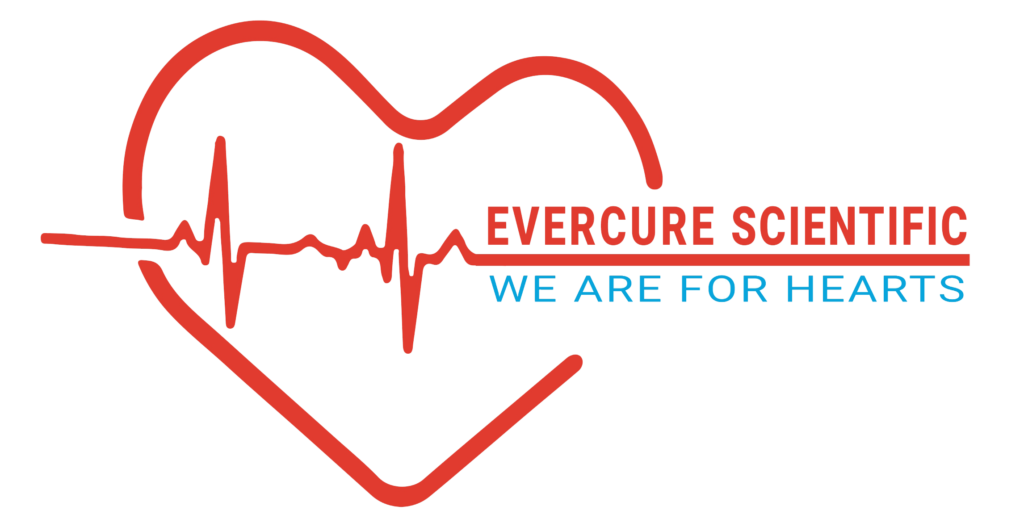
One Stop Solutions for Medical Equipment’s/Devices

Interventional cardiology is a branch of cardiology that deals specifically with the catheter-based treatment of heart diseases. Unlike traditional cardiology that may involve medication or non-invasive tests, interventional cardiology focuses on procedures that involve entering the body through the arteries to treat cardiovascular conditions. This field has revolutionized the treatment of heart diseases, providing minimally invasive options that reduce recovery times and improve patient outcomes.
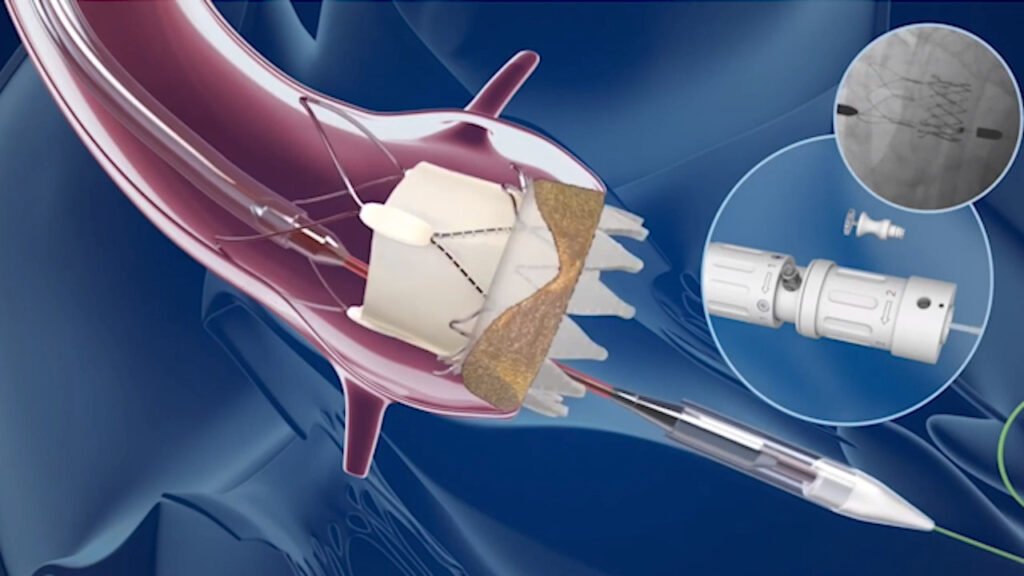
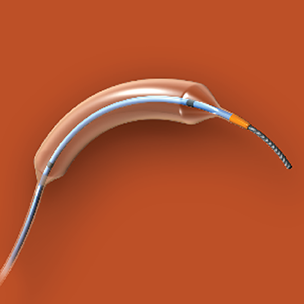
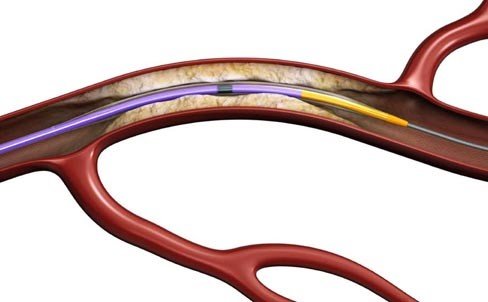

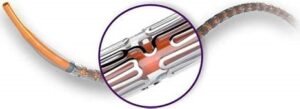
This is the most common procedure. It involves using a balloon to open up blocked or narrowed coronary arteries.
This involves removing plaque from the arteries using various devices, such as a laser or a rotating shaver.
Devices used during angioplasty or stenting to capture and remove debris that may break loose and cause blockages elsewhere in the vascular system.
A procedure to open up a narrowed heart valve by inflating a balloon inside the valve.
This is the most common procedure. It involves using a balloon to open up blocked or narrowed coronary arteries.
This involves removing plaque from the arteries using various devices, such as a laser or a rotating shaver.
Devices used during angioplasty or stenting to capture and remove debris that may break loose and cause blockages elsewhere in the vascular system.
A procedure to open up a narrowed heart valve by inflating a balloon inside the valve.
By reopening blocked arteries, interventional cardiology can restore normal blood flow to the heart muscle, relieving symptoms such as chest pain and preventing heart attacks.
During a heart attack, immediate intervention can restore blood flow, limit heart muscle damage, and save lives.
Interventions can be used to open up narrowed arteries in the limbs, improving blood flow and reducing symptoms like pain and cramping.
Procedures like LAAC can significantly reduce the risk of stroke in patients with certain types of arrhythmias.
Interventions can correct structural heart problems present from birth.
For patients with valve diseases who are not candidates for open-heart surgery, interventional cardiology offers less invasive alternatives.


Evercure Scientific is equipped with a passionate and result oriented team having great experience and expertise in the field of all streams for medical devices.